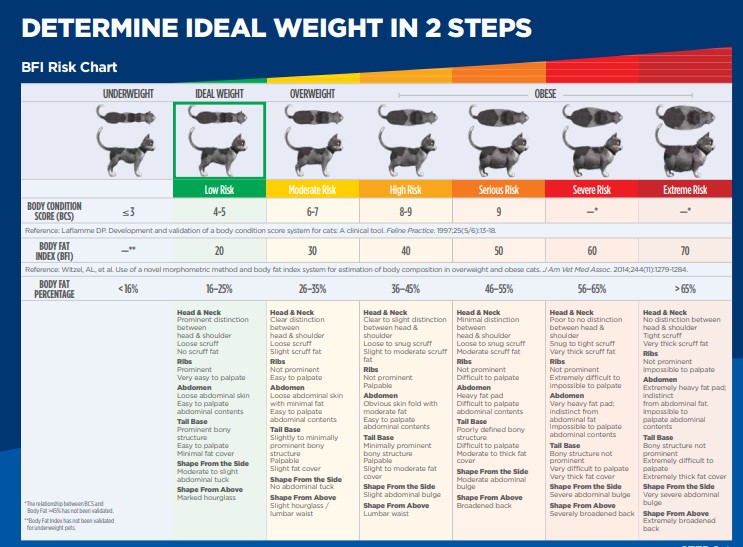Metabolic Syndrome in Pets and the Self-perpetuating Monster: FAT.
Metabolic syndrome in pets is a condition characterized by a combination of factors that increase the risk of various health problems, similar to metabolic syndrome in humans. Starts with Obesity and is compounded by lack of physical exercise (couch potato dogs and indoor cats).
Common features of metabolic syndrome in pets include:
Obesity: Excess body weight, particularly an accumulation of fat around the abdomen is the biggest contributor to Metabolic Syndrome. Adipose tissue in the abdominal region is more metabolically active than other fat cells. All fat cells release pro-inflammatory substances called cytokines, but in excess, these cytokines contribute to a state of chronic low-grade inflammation in the body.
Inflammation: Inflammation causes a myriad of issues throughout the body. See also blog on Inflam-Aging
Insulin Resistance: The body’s cells become less responsive to insulin. Cytokines and cortisol (also released in excess due to chronic metabolic stress and inflammation), interfere with the normal functioning of insulin, leading to insulin resistance. Persistent insulin resistance is the key reason leading to type 2 diabetes.
Liver inflammation Metabolic Syndrome impairs the liver’s ability to help regulate glucose and lipids, contributing to diabetes risk and leading to abnormal levels of triglycerides and cholesterol. An inflamed liver is also not as good at doing its daily detoxifying job, either. This puts stress on the body->more cortisol -> more inflammation -> more insulin resistance.
High Blood Pressure (Hypertension): Inflammation causes increased stiffness of blood vessels, leading to hypertension, which then causes damage to liver, kidneys, brain, and lungs->more cortisol-> more inflammation-> more insulin resistance.
Increased Hunger: And, as if things weren’t bad enough, fat actively works in the body to create more fat by increasing hunger!
Insulin Resistance reduces the amount of glucose getting into cells to provide them energy, so cells are starving, even when a pet is overweight! The various cells throughout the body then release chemicals to turn off the brain’s satiety center, making the pet think that it is still hungry so they can get more glucose for their metabolic functions- even if the pet may have eaten only an hour ago!
Leptin is a hormone normally produced by adipose tissue. It signals satiety to the brain. In obesity, excessive amounts of Leptin are secreted from excessive numbers of fat cells and even more from intra-abdominal fat cells! This turns off the brain’s satiety center, too.
Meanwhile, Ghrelin, a hormone released from the stomach in times of starvation (remember the body’s cells think they are starving from insulin resistance), increases, making obese pets hungrier.
(Anyone ever try to put a fat cat on a diet? “They pert-near gnaw yer legs off!”)
Everything happening in the body during Metabolic syndrome, CAUSED by obesity, just contributes to WORSENING of obesity!
The only way to break the vicious cycle of Metabolic Syndrome and the Fat Monster is to ensure that you pet eats a healthy diet, gets regular exercise, and loses weight. If your pet is overweight, with a Body Condition Score of 6 -7, they are at risk for metabolic syndrome. If their Body Condition Score is 8-9, they already have Metabolic syndrome, to be sure!
Your vet has lots of tips and tricks to help you manage your pet’s weight, from calorie regulation tricks to prescription foods that work through Nutrigenomics to turn on the body’s fat burning metabolic pathways that also get turned off in obesity. It’s diet science!





